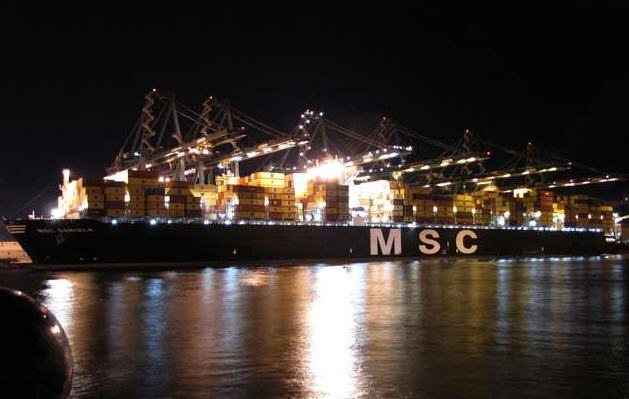More On Port Of Charleston’s “Competitiveness”
IS IT EVERYTHING TAXPAYERS PAID FOR? We’ve gotten quite the response from our recent post suggYou must Subscribe or log in to read the rest of this content.
IS IT EVERYTHING TAXPAYERS PAID FOR?
We’ve gotten quite the response from our recent post sugg

10 comments
Props for an in-depth (no pun) analysis on this.
Ha! Props to you for “going deep” w/ your pun skillz.
I pasted an article in your previous post on the port deepening in which your expert completely contradicts his statements to fits.
He claims in the article published this year that Charleston will gain a competitive advantage. I also give possible conflicts of interest of this expert. See my post at this link.
https://3c06aba1-bb5b-4989-bcf9-62da466d33bc.cc04.conves.io/2015/10/19/port-expert-new-charleston-depth-wont-ensure-competitiveness/
Hey, wait, Climate Change/sea level rise will take care of all this for us. Screw it, don’t do it!
And we’ll have a gay mayor – hurray. Did you get my joke on the other thread – she’s “south” of broad? I’m so childish.
South of Broad, you mean down by the Y?
Yeah. She’s hits the bars at Meeting and Queen!!! Her toys require her to live on The Battery?
Meeting and Queen! Paging Lindsey Graham!
They spend it like ware. Pun intended.
Spend the money on i26.
Better to be a profitable regional port than an unprofitable national wanna be,
“However, Charleston’s rail and road deficiencies make it unlikely that these vessels will skip Savannah in favor of Charleston.”
So which is it? Other Folks’ articles bemoan that too much road money goes to Charleston. Now he says Charleston roads are deficient.